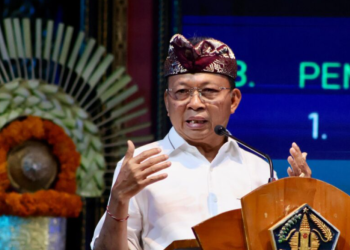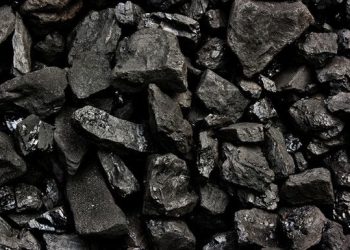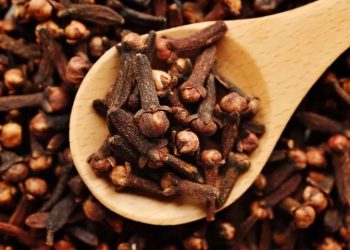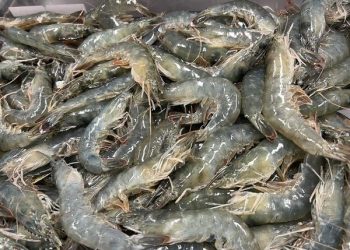Jakarta, Indonesia Sentinel — Global coffee price has hit its highest in nearly five decades. Arabica futures for March delivery surged to an intraday high of 348.35 cents per pound on Tuesday, levels not seen since 1977 when frost devastated coffee plantations in Brazil.
Arabica and Robusta at Record Levels
Arabica coffee dominates the global market, accounting for 60% to 70% of coffee consumed worldwide. Meanwhile, Robusta coffee, known for its bold and bitter taste commonly used in instant blends, also saw its prices reach record highs in late November.
Extreme Weather Drives Coffee Shortage
The recent price surge can be attributed to extreme weather conditions and a global over-reliance on a few coffee-producing regions. Brazil, the world’s largest coffee producer, faced its worst drought in 70 years during August and September 2024, followed by heavy rains in October.
“These conditions have raised fears that the flowering season could fail, jeopardizing the 2025 harvest,” said Ole Hansen, Head of Commodity Strategy at Denmark’s Saxo Bank, in an interview with CNBC.
The United States Department of Agriculture (USDA) projects Brazil’s coffee output for the 2024/2025 marketing year to be 66.4 million bags (each weighing 60 kilograms). This includes 45.4 million bags of Arabica and 21 million bags of Robusta—a 5.8% drop from earlier forecasts due to irregular weather impacting crop development.
Carlos Mera, Head of Agricultural Commodities at Dutch lender Rabobank, noted that Brazil is set for its fifth consecutive disappointing Arabica harvest, citing the adverse effects of climate change. “Extreme weather conditions caused by the climate crisis are hindering coffee tree growth. Looking ahead, coffee prices could climb even higher,” Mera warned.
Rising Demand Amid Supply Strains
Coffee’s popularity continues to grow globally, with consumption booming in regions like China. However, this increased demand is not matched by sufficient production, creating a widening gap.
“Like cocoa, coffee is cultivated in a relatively narrow tropical belt, with key producers including Brazil, Vietnam, Colombia, and Ethiopia. This concentration makes the supply chain highly vulnerable to adverse weather conditions,” Hansen explained. Brazil and Vietnam together account for approximately 56% of global coffee production.
Indonesia Rp50,000 Banknote Named the Second Most Secure Currency Worldwide
A Bitter Brew for the Future
As billions rely on coffee daily, the rising prices highlight the precarious balance between global demand and supply. With climate change exacerbating extreme weather events, the industry faces ongoing challenges in maintaining steady production.
Economists warn that if these trends persist, coffee could become increasingly expensive, leaving consumers with a literal and figurative bitter taste.
(Becky)


























